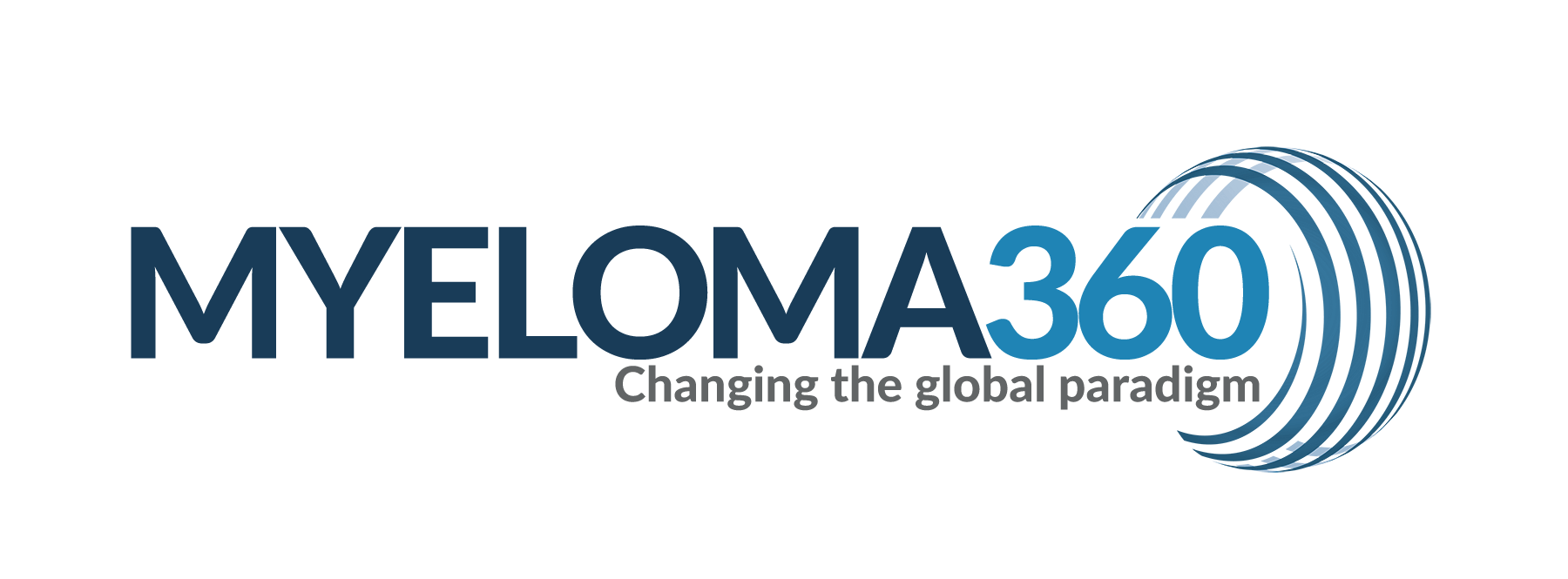Cancer Rep (Hoboken). 2025 Apr;8(4):e70171. doi: 10.1002/cnr2.70171.
ABSTRACT
BACKGROUND: The treatment landscape for multiple myeloma continues to evolve. Recently, the addition of anti-CD38 monoclonal antibodies (mAbs) to the triplet regimen, comprising a proteasome inhibitor, an immunomodulatory agent, and a steroid, for transplant-eligible newly diagnosed multiple myeloma (TENDMM) has shown promising results.
AIMS: To evaluate the overall efficacy and safety of quadruplet therapy with an anti-CD38 mAb compared to a triplet regimen.
METHODS: A systematic search of Medline, Scopus, and EMBASE databases from inception to July 2024 identified relevant randomized controlled trials (RCTs). Efficacy and safety outcomes were derived using random-effects meta-analysis. Summarized outcomes include hazard ratios (HR) for progression-free survival (PFS) and overall survival (OS), odds ratios (OR) for response rates, measurable residual disease (MRD) negativity rate, and grade 3 or higher adverse events (G ≥ 3 AEs).
RESULTS: Five RCTs involving 2963 patients were included. A statistically significant PFS was observed for quadruplet therapy when compared to the triplet regimen (HR 0.44; 95% Confidence Interval [CI] 0.35-0.56). PFS benefit was consistent for the standard risk (SR) group (HR 0.38; 95% CI 0.27-0.52) and high risk (HiR) group (HR 0.62; 95% CI 0.41-0.92). No statistically significant benefit was observed for OS (HR 0.55; 95% CI 0.28-1.08). A statistically significant benefit was observed for the overall response rate (OR 1.77; 95% CI 1.02-3.06) and MRD negativity rate (OR 2.67; 95% CI 1.79-3.99). No significant differences were observed for G ≥ 3 AE (OR 1.21; 95% CI 0.92-1.58), lymphopenia (OR 1.09; 95% CI 0.62-1.89), and anemia (OR 1.06; 95% CI 0.83-1.37). However, a significantly increased risk was observed for all-grade thrombocytopenia (OR 1.64; 95% CI 1.37-1.97), neutropenia (OR 2.24; 95% CI 1.67-3.02) and infections (OR 1.88; 95% CI 1.07-3.31).
CONCLUSION: Quadruplet therapy demonstrated a favorable efficacy and safety profile, with consistent benefit across subgroups. The findings support its potential as the new standard of care for TENDMM.
PMID:40176408 | DOI:10.1002/cnr2.70171
